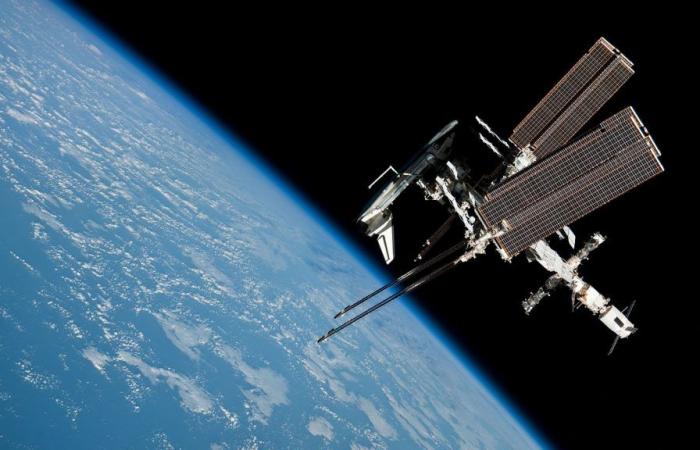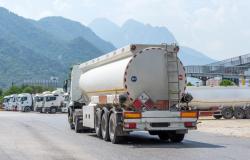
NASA has entrusted SpaceX with the task of manufacturing a deorbit spacecraft. It will be used to push the ISS towards Earth, when it is necessary to destroy the station.
We now know how the International Space Station (ISS) will be de-orbited, and above all, by whom. In a press release published on June 27, 2024, the American space agency (Nasa) announced that it had selected SpaceX to develop a deorbit vehicle. It will have to be ready for the next decade.
The retirement of the ISS is planned from 2030. If the Russians wish to disengage from the station from 2028, barring any unexpected developments, the other contributing nations (the United States, Canada, Japan and members of the European Space Agency) have agreed to use it for a few more years.
Final destination of the space station: the ocean
As with the Mir station, NASA’s plan is to rush the ISS towards Earth, so that it disintegrates in the atmosphere. The elements that resist atmospheric reentry will end up in the ocean, far from any inhabited area. The ship that SpaceX will have to build will also have to disintegrate at that time.
« SpaceX is honored that NASA has entrusted it with this essential mission », https://twitter.com/SpaceX/status/1806112279068659802 the American company on X (formerly Twitter).
Once manufactured, the deorbiting vessel – which does not yet have a name – will be operated by NASA during its entire mission. In principle, it is planned to direct the ISS towards “Point Nemo”. This is a region of the Pacific Ocean which has the particularity of being the furthest from any land surface.
The International Space Station debuted in 1998, initially in its infancy, before gradually growing with the addition of various modules. It is located approximately 400 km from Earth and has been an exceptional scientific platform for research, but also a great training ground for astronauts.
This content is blocked because you have not accepted cookies and other trackers. This content is provided by YouTube.
To be able to view it, you must accept the use carried out by YouTube with your data which may be used for the following purposes: allowing you to view and share content with social media, promoting the development and improvement of products from Humanoid and its partners, display personalized advertisements to you in relation to your profile and activity, define a personalized advertising profile, measure the performance of advertisements and content on this site and measure the audience of this site (find out more more)
By clicking on “I accept all”, you consent to the aforementioned purposes for all cookies and other trackers placed by Humanoid and its partners.
You can withdraw your consent at any time. For more information, we invite you to read our Cookies Policy.
I accept everything
Manage my choices
In fact, the ISS is an elderly structure, whose old age requires regular upkeep and more or less heavy maintenance operations. In addition, NASA and the major space agencies are increasingly focused on more distant space missions, to the Moon, then Mars. Besides, there is a lunar space station project. A future ISS, in short.
Subscribe for free to Artificielles, our newsletter on AI, designed by AIs, verified by Numerama!




